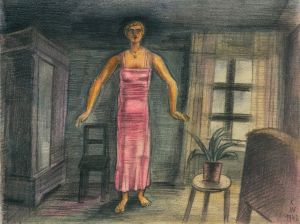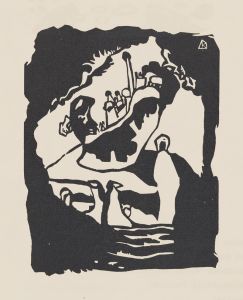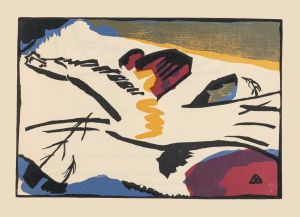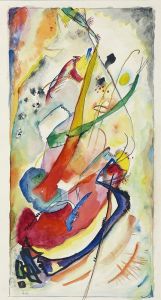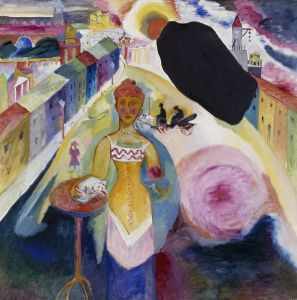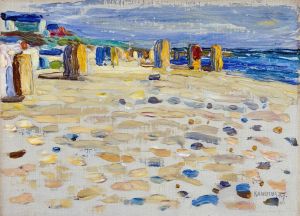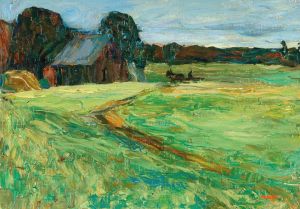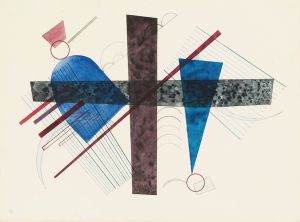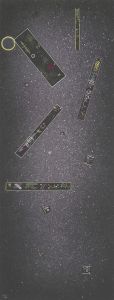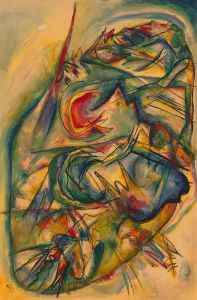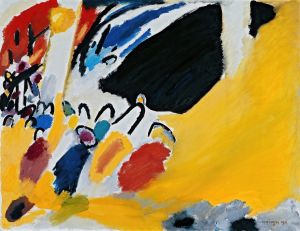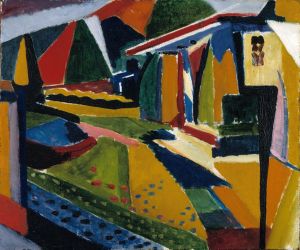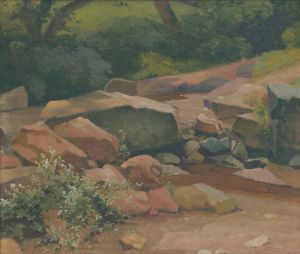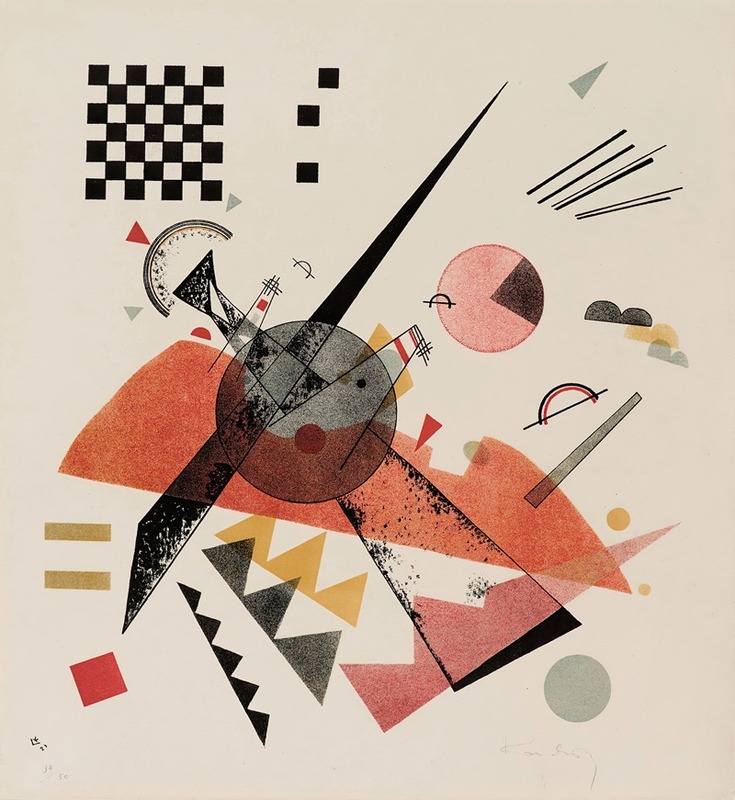
Orange
A hand-painted replica of Wassily Kandinsky’s masterpiece Orange, meticulously crafted by professional artists to capture the true essence of the original. Each piece is created with museum-quality canvas and rare mineral pigments, carefully painted by experienced artists with delicate brushstrokes and rich, layered colors to perfectly recreate the texture of the original artwork. Unlike machine-printed reproductions, this hand-painted version brings the painting to life, infused with the artist’s emotions and skill in every stroke. Whether for personal collection or home decoration, it instantly elevates the artistic atmosphere of any space.
Wassily Kandinsky, a pioneering figure in abstract art, created the painting "Orange" in 1923. Kandinsky, originally from Russia, was a key member of the Bauhaus movement in Germany during the early 20th century. His work is celebrated for its innovative use of color and form, and "Orange" is a prime example of his mature style.
"Orange" is an abstract composition that exemplifies Kandinsky's exploration of color theory and geometric shapes. The painting features a dynamic interplay of forms and hues, with the color orange playing a central role. Kandinsky believed that colors had spiritual and emotional significance, and he often used them to convey complex ideas and feelings. In "Orange," the vibrant color is balanced by contrasting shapes and lines, creating a sense of harmony and movement.
Kandinsky's approach to painting was deeply influenced by his synesthetic experiences, where he could perceive colors as sounds and vice versa. This unique perception allowed him to create works that were not only visually striking but also resonant with a sense of rhythm and musicality. "Orange" reflects this synesthetic quality, as the arrangement of shapes and colors seems to dance across the canvas, inviting viewers to experience the painting on multiple sensory levels.
During his time at the Bauhaus, Kandinsky was surrounded by other influential artists and architects, such as Paul Klee and Walter Gropius. The Bauhaus school emphasized the integration of art, craft, and technology, and Kandinsky's work from this period often incorporates these principles. "Orange" demonstrates his commitment to creating art that is both aesthetically pleasing and intellectually stimulating.
Kandinsky's theoretical writings, such as "Concerning the Spiritual in Art" and "Point and Line to Plane," provide insight into his artistic philosophy and methods. In these texts, he discusses the importance of inner necessity and the spiritual dimension of art. "Orange" can be seen as a visual manifestation of these ideas, as it transcends mere representation to evoke a deeper, more universal experience.
The painting's composition is carefully structured, with geometric shapes like circles, triangles, and lines interacting in a balanced yet dynamic manner. This meticulous arrangement reflects Kandinsky's belief in the power of abstract forms to communicate profound truths. The use of orange, a color often associated with warmth and energy, adds an emotional intensity to the piece, drawing viewers into its vibrant world.
"Orange" is housed in the collection of the Solomon R. Guggenheim Museum in New York City, which holds an extensive collection of Kandinsky's works. The museum's collection highlights the evolution of Kandinsky's style and his contributions to the development of abstract art. "Orange" remains a significant piece within this collection, showcasing the artist's mastery of color and form.
In summary, "Orange" by Wassily Kandinsky is a quintessential example of his abstract art, characterized by its bold use of color, geometric shapes, and a sense of rhythmic movement. Created during his time at the Bauhaus, the painting reflects his theoretical explorations and his belief in the spiritual power of art. Today, it continues to captivate audiences with its dynamic composition and emotional resonance.





